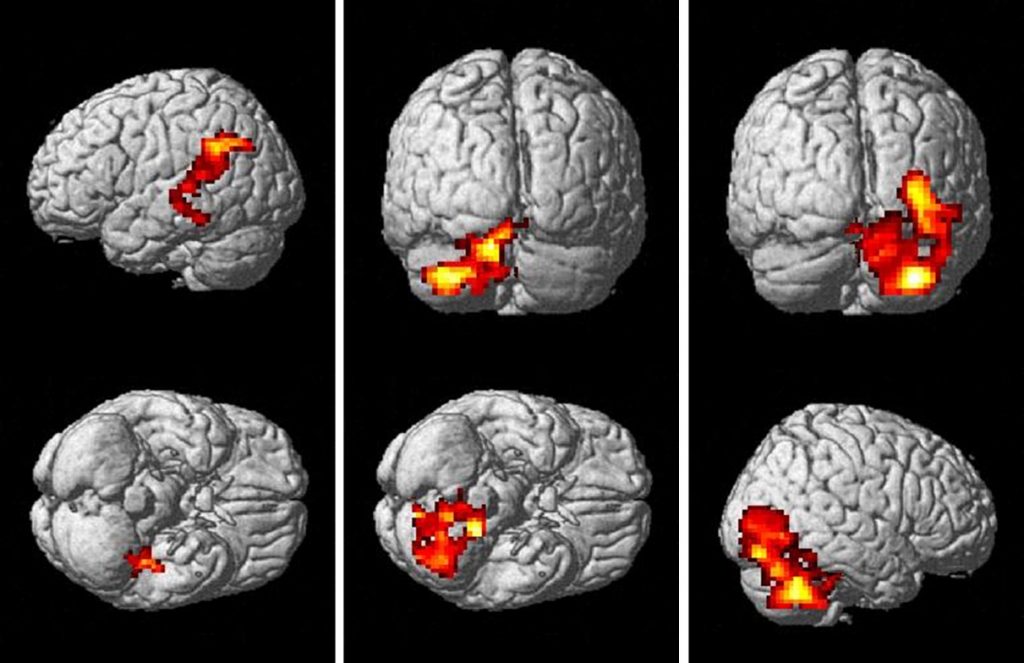It is well known that people with autism spectrum disorders (ASD) process social information differently from typically developing individuals. Interestingly, people with certain other conditions, including schizophrenia spectrum disorders, also show differences in their social processing. However, it is not known whether these differences actually arise from the same underlying mechanism, i.e. whether they are the same between the conditions, or whether they just look the same.

We therefore set out to examine brain activity during social judgements in people with autism spectrum disorders and compared it to a group with a schizophrenia spectrum disorder (called a schizotypal personality disorder (SPD)). To accomplish this we used functional magnetic resonance imaging (fMRI) to look at brain activity while volunteers viewed pictures of people and judged whether or not they looked approachable.
Interestingly, we found that the group with ASD tended to show lower levels of brain activation when making social judgements, whereas those with SPD tended to show increased brain activation. This means that although the difficulties may look similar between the conditions they actually arise from different underlying mechanisms. This has important implications for the type of support that may be beneficial for people: what works for ASD may not be effective for those with SPD and vice versa.
Future work will examine whether this pattern of opposing difference is unique to social judgements or whether it is also seen in other cognitive domains.
The full research paper can be viewed here.
Merken
Merken
Merken
